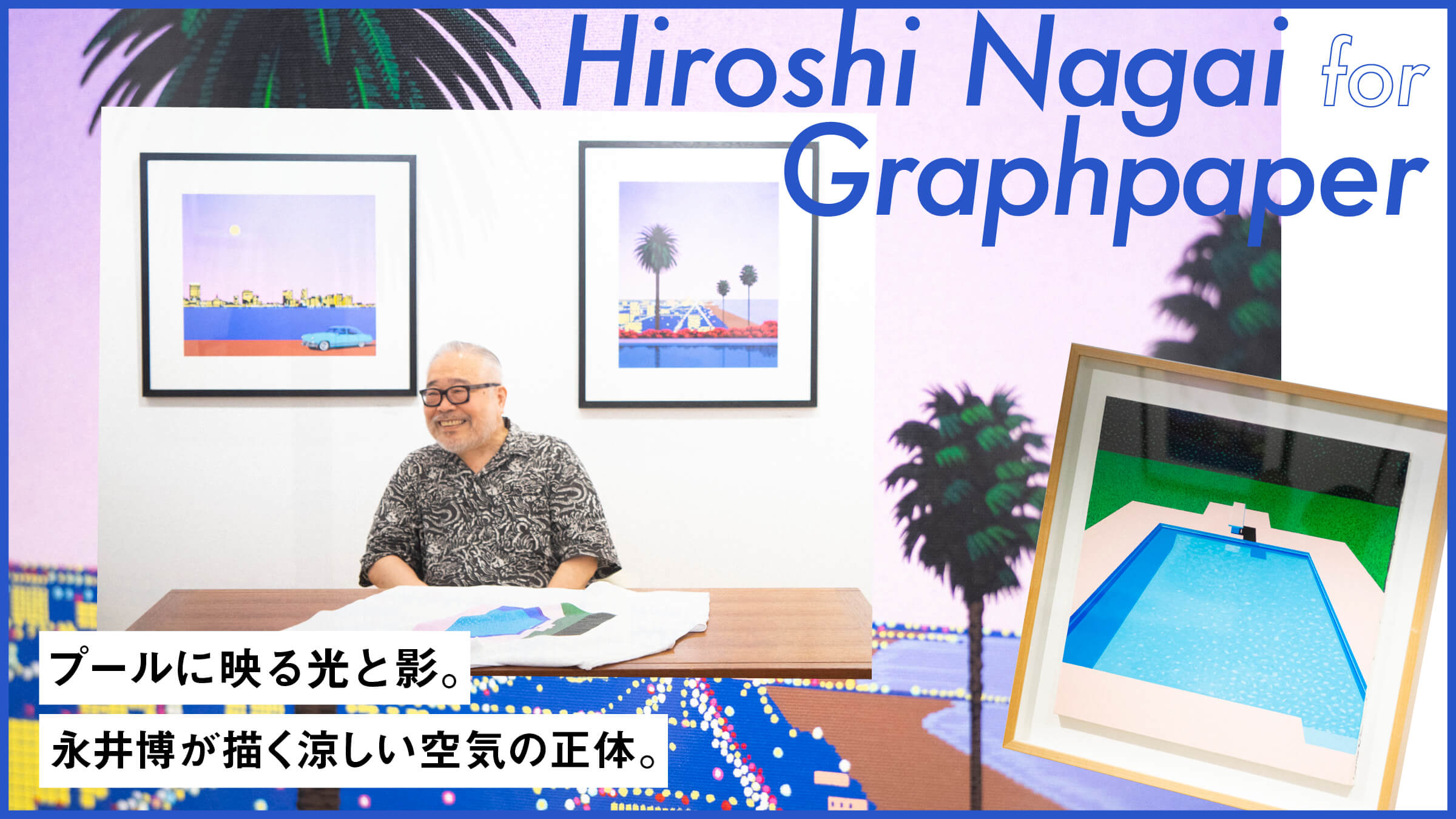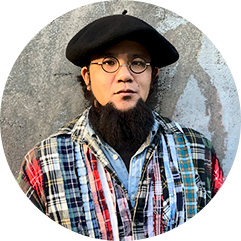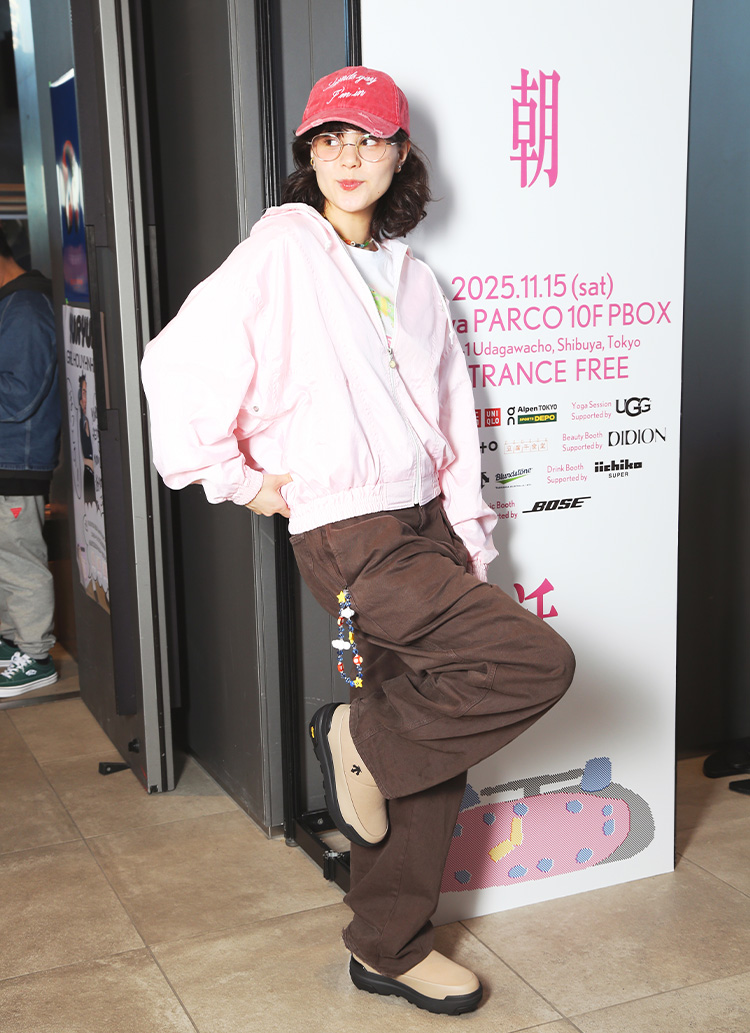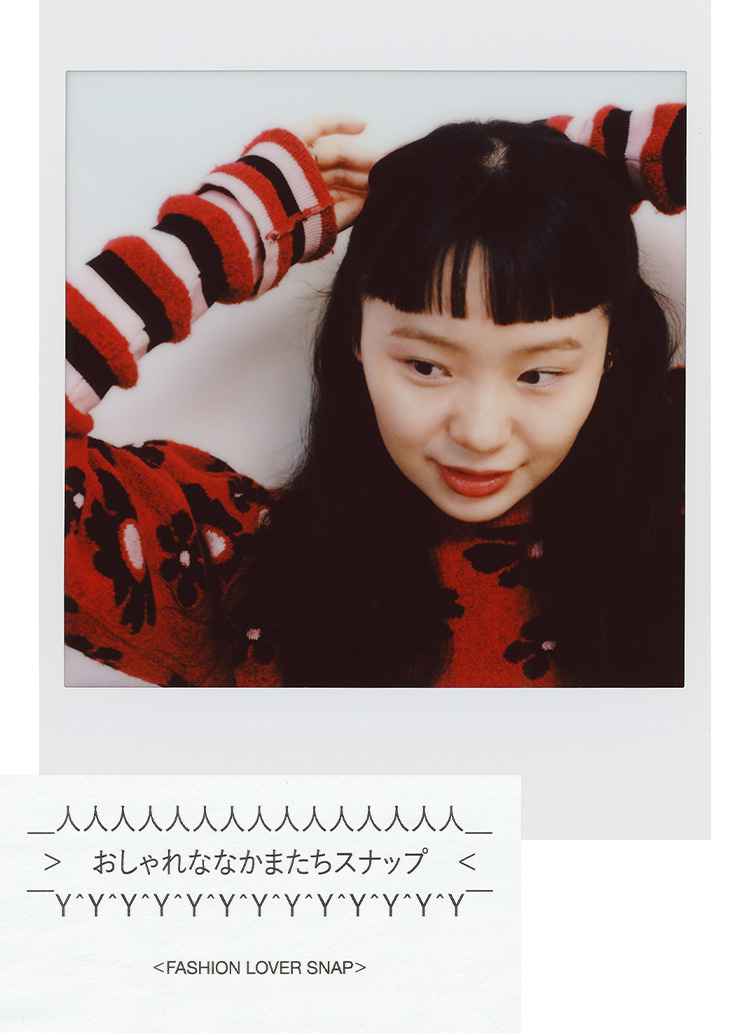PROFILE

He started his career as a graphic designer in the 1970s and became a freelance illustrator in 1978. He has drawn illustrations for magazines and advertisements, as well as artwork for many record jackets. He is also known for his work on Eiichi Otaki's "A LONG VACATION" and "NIAGARA SONG BOOK," both of which are still talked about today. He is still active in creating artwork and actively collaborates with apparel brands, gaining support from a wide range of people.
What I do is a kind of landscaping.

You have been working as an illustrator for more than 40 years now, and today I would like to know more about your journey so far.
Nagai:I traveled to the U.S. in 1973 and was a graphic designer at the time. I was influenced by the American culture I visited there and started drawing pictures. I became a freelance illustrator in 1978, when I was 30 years old. It was 1978, two years after the first issue of "Popeye" was published, and I happened to be drawing those kinds of pictures, so I often had my illustrations published. Because of the oil crisis and the lack of overseas filming, we used a lot of illustrations. At that time, I also did a lot of work for record jackets.
Then came the bubble era, but it was an unfortunate time for the bubble. It was a European era, not an American one. I was wearing Versace myself.
You mean you didn't feel free?
Nagai:That's not the case. The trend in advertising is different. Photographs are being used more and more, and illustrations are going downhill.
Looking back, when I was just starting out and had a lot of work, I was not very good at it. Then, when the number of jobs gradually decreased, I started to draw properly. I thought, "This is not good enough.

Ms. Nagai, your illustrations are based on your visit to the U.S. in 1973, as you mentioned earlier. Do you have a certain image in your mind when you start drawing?
Nagai:I draw mostly from reference materials. Architectural magazines and travel catalogs. I would get pamphlets from travel agencies and draw from them. At that time, we didn't have the Internet to search for information like we do now, and there weren't that many materials available.
So I have a lot of books. Before I became a full-fledged illustrator, I bought a lot of books on interior design and architecture. Nowadays, it is easy to search for books on the Internet, but I prefer printed books. I used to go to GENKIDO in Kanda or Shimada Western Books in Aoyama, which is no longer there. At the time, mid-century was not a booming trend, so I could get Western books about it very cheaply. Then the time came. I guess I was lucky (laughs).


Do you feel like you are using the materials as a reference and then expanding the image as you go along?
Nagai:Yes, it is. It's like a remix of the actual landscape, rather than just painting it as it is. I planted palm trees everywhere (laughs). So what I do is a kind of landscaping. It is not easy to paint, and it takes time.









